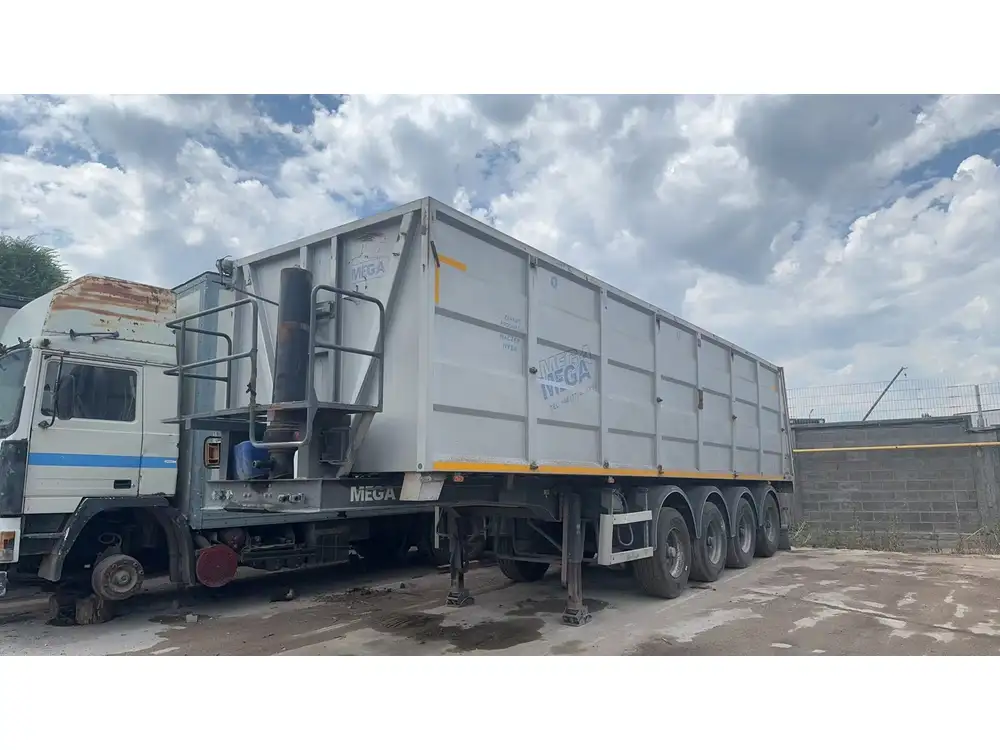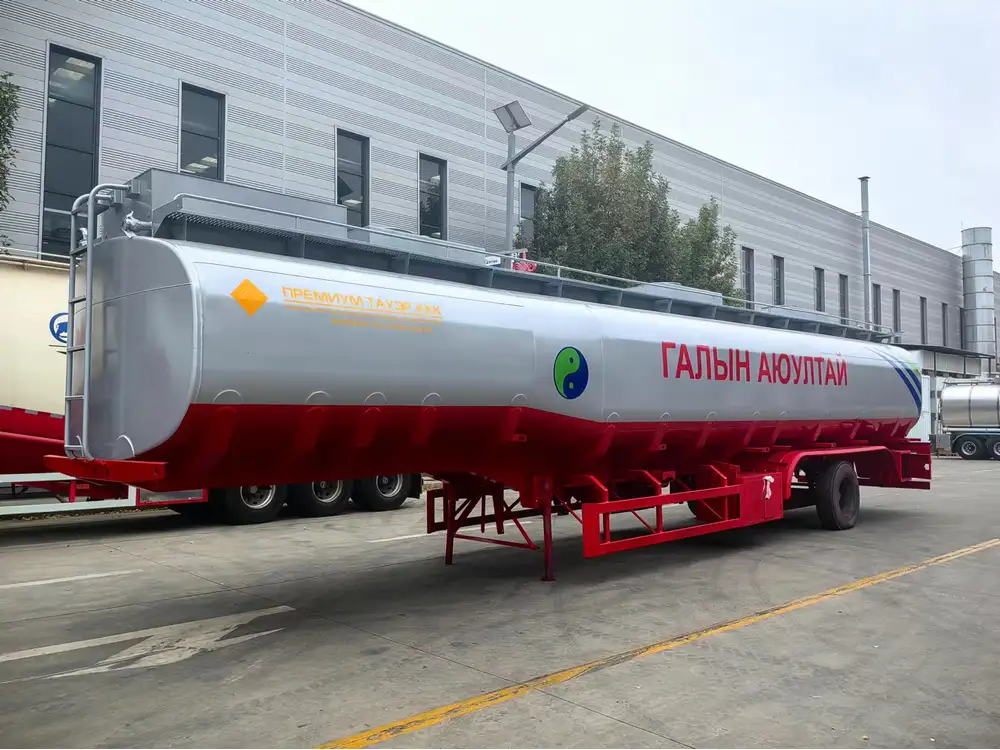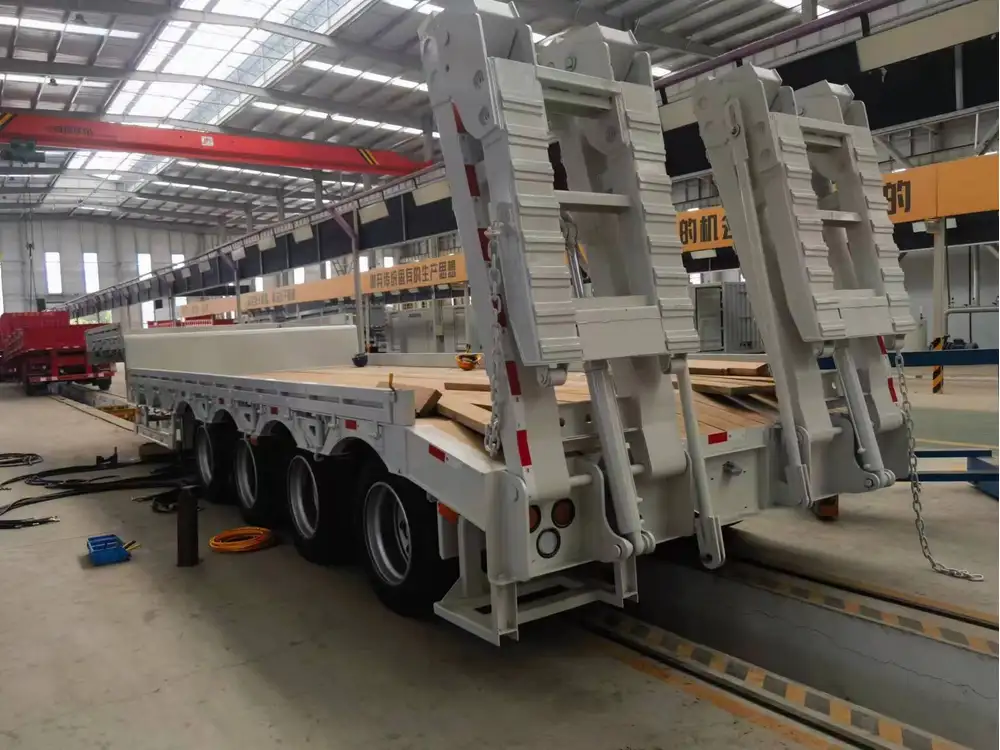When it comes to the logistics of fuel transportation, understanding the capacity of gasoline tanker trucks is crucial. This article provides a comprehensive breakdown of how many gallons gasoline tanker trucks can hold, addressing various models, specifications, and factors that influence their capacity.
Overview of Gasoline Tanker Trucks
Gasoline tanker trucks are specialized vehicles designed to transport fuel safely and efficiently from refineries to distribution points, retail outlets, or directly to consumers. These trucks are equipped with large, cylindrical tanks that vary in size depending on the specific requirements of the transportation route and the regulations governing fuel transport.
Types of Tanker Trucks
There are different types of gasoline tanker trucks categorized based on their design and intended purpose. Here’s a quick comparison:
| Type | Capacity (Gallons) | Best For |
|---|---|---|
| Standard Tanker | 5,000 – 11,600 | Bulk distribution |
| Super Tanker | 11,600 – 15,000 | Long-distance transportation |
| Mini Tanker | 2,000 – 5,000 | Urban delivery and smaller routes |
| Specialty Tanker | Varies | Specific fuel types (e.g., aviation fuel) |

Understanding Tanker Truck Capacities
Standard Gasoline Tanker Capacity
The average capacity for a standard gasoline tanker truck typically ranges from 5,000 to 11,600 gallons. The most common configuration carries around 7,000 to 9,000 gallons. Here are some common models and their capacities:
- Pneumatic Tankers: Generally used for transporting dry bulk materials, they can hold significantly less fuel and aren’t used for gasoline transport.
- Regular Liquid Tankers: Equipped specifically for gasoline, with capacities generally around 8,000 gallons.
Super Tanker Details
Super tankers, designed for high-volume and long-distance transportation, can carry between 11,600 and 15,000 gallons. These models are often seen in large distribution networks where efficiently moving massive quantities of fuel is essential. Their specifications often include:
- Multi-compartment designs: Allowing the transportation of different fuel types or blending fuels while preventing cross-contamination.
- Enhanced stability features: Such as longer wheelbases and specialized suspension systems to handle heavy loads over long distances.

Mini Tanker Insights
Mini tankers, holding anywhere from 2,000 to 5,000 gallons, serve more localized distribution needs. They are perfect for urban areas where traditional large trucks might struggle to navigate. Characteristics include:
- Maneuverability: Smaller dimensions make them ideal for tight city spaces.
- Short-range operations: Often used for delivery directly to gas stations or for emergency fuel services.
Factors Influencing Tanker Truck Capacity
Regulatory Constraints
The capacity of gasoline tanker trucks is also influenced by regulations set by governmental agencies, which ensure safety during transportation. For instance, the U.S. Department of Transportation (DOT) sets confinement limits that might influence how much fuel a truck can carry, including weight limitations based on the truck’s total gross vehicle weight (GVW).

Design Considerations
The design of gasoline tanker trucks can greatly affect their total capacity. Tankers feature:
- Material Composition: Most are constructed from aluminum or steel, with aluminum being lighter and thus allowing for higher payload capacities whilst meeting the required structural standards.
- Tank Configuration: Different designs (single, double, or multi-compartment tanks) allow for varying fuel configurations and capacities.
Environmental Factors
While not directly influencing capacity per se, environmental considerations, including emission standards and safety regulations during transit, play critical roles in how a gasoline tanker truck is designed and operated, which can indirectly impact effective operational capacities.
Safety Measures in Tanker Truck Design

Compartmentalization
To enhance safety, many gasoline tanker trucks feature multiple compartments. This design not only increases efficiency by allowing different fuel types to be transported but also minimizes risk. If one compartment leaks, the remaining fuel is contained, reducing potential hazards.
Vapor Recovery Systems
Modern gasoline tankers are often equipped with vapor recovery systems that capture harmful vapors released during loading and unloading processes. This not only aids in meeting environmental regulations but also increases overall safety during fuel transfer processes.
Robust Structural Design
Tanker trucks are engineered to withstand significant pressure and accidents. Features include reinforced tank walls and specialized crash barriers, which are crucial in ensuring the integrity of the fuel tank and preventing spills during an accident.

Practical Applications and Uses of Gasoline Tankers
Gasoline tanker trucks play a vital role in the fuel supply chain. Understanding their varying capacities can aid businesses and consumers alike in making informed choices about fuel supply logistics—whether considering delivery timescales or planning fuel storage needs.
Supply to Gas Stations
Gasoline tankers deliver fuel to gas stations, typically on a schedule that reflects fluctuations in demand. Large service stations may require full tanker deliveries more frequently because of higher consumption rates, while smaller stations might only need partial tank loads, making the versatility of tanker capacities essential.
Bulk Fuel Delivery for Businesses
Many businesses, especially those in utilities or logistics, require bulk fuel deliveries for operational purposes. Having a clear understanding of the capacities of different tanker types can help in negotiating favorable terms with suppliers and ensuring reliability.

Conclusion: Balancing Capacity and Efficiency
The question of “how many gallons does a gasoline tanker truck hold?” spans a broad spectrum of answers, determined by numerous factors ranging from the type of tanker, regulatory influences, design features, and practical applications.
Individuals and organizations involved in the procurement and logistics of fuel need to consider:
- Tank Capacity: Choose the right tanker type based on delivery needs and operational efficiency.
- Safety Features: Prioritize options with robust safety measures in place, ensuring compliance with all regulations.
- Logistical Feasibility: Assess how the truck’s design and capacity align with transport routes and destinations.
Understanding the nuances of gasoline tanker capacities not only enhances logistical operations but also contributes to safer, more efficient fuel distribution practices. When making decisions about transportation logistics, always consider these factors to optimize efficiency and safety in fuel delivery operations.



